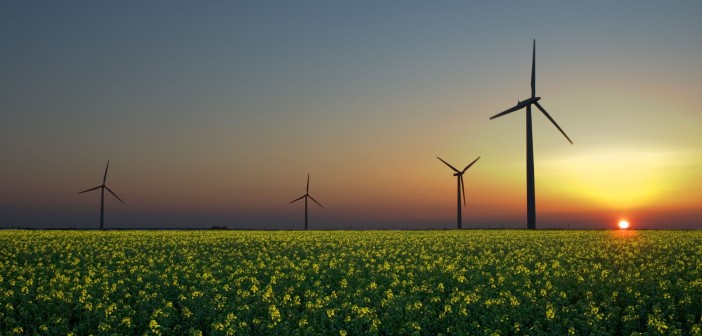Green is green. Renewable energy is becoming big business. In 2013, 22% of energy was generated from renewable sources. Investment in renewable energy exceeded $200bn in the same year. As a high-growth industry, this is only set to increase further. Tesla, run by billionaire Elon Musk, is a prime example of the expansion of this market. Having disrupted the car industry by releasing electric cars, Tesla have turned their attention to powering buildings. Tesla released their first range of home batteries last month, in a move they hope will revolutionise the way we power our homes. It is not just billion-dollar companies like Tesla that stand to gain from the rise in environmental consciousness. Neither it is only in the United States and Europe. Renewable energy is gaining serious ground in the emerging markets.
The west is actually falling behind. The renewable energy market in North America is set to remain static, still hovering at around 5% of the total power generation by 2020. Among the OECD countries in Europe, renewable energy generation will not exceed 10% by the same year. The latest prediction for Africa’s generation by 2020 shows 12% deriving from renewable energy. For Asia the figure is 14%. Latin American countries are leading the charge. Latin America already generates over 20% of its energy from renewable sources. Three key countries embracing the move towards renewable energy are Costa Rica, Brazil, and Paraguay.
Costa Rica’s 75 days of pure renewable energy
Costa Rica made headlines earlier this year when the country reached 75 days of being powered only through renewable energy. Waterfalls and dams provided the clean hydroelectric power. Although this was only temporary, it shows that Costa Rica has a clear commitment to alternative sources of power. The levels of investment in renewable energy infrastructure ensures that 90% of energy needs can be met without fossil fuels. After this year’s 75 day test was successfully passed, we don’t doubt that a fully green Costa Rica will be soon on the horizon.
Paraguay’s relationship with renewable energy
Paraguay has been consistently running on energy that is generated solely from renewable sources. All electricity in Paraguay is generated through hydroelectricity, and 90% of it is exported to neighbouring countries. Brazil is also contributing to Latin America’s green charge forward. The country shares the Itaipu dam hydroelectric plant with neighbouring Paraguay.
Brazil’s big push for renewable energy reliance
Brazil’s government invested $9bn into renewable energy generation in 2014 alone, showing its commitment to a cleaner Brazil. Brazil is a world-leader in the use of carbon-neutral bio-fuels, used in 42% of vehicles. With over 88% of power coming from renewable sources, and its world-leading status as a bio-fuel producer, Brazil is a key player in green energy. Costa Rica, Brazil, and Paraguay have taken the lead in Latin America’s push for green energy. Other countries would do well to follow their example. By 2020, 27% of electricity generation in the region will be from renewable energy. Latin America is the region to watch.
If you like this article you may be interested in “More Efficient than the Sun: The Future of Sustainability Energy is Here”.






